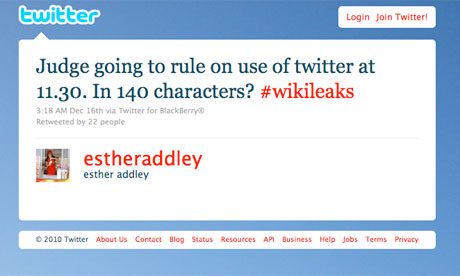November 6, 2011
1. Situation
When a book or piece of entertainment contains nudity or lewd sex on some level it must be for some artistic purpose. For example, if the book and or movie contained nothing but lewd sex with no social values implied the question is whether it should be allowed to be shown? Things like pornography are widely restricted but to only certain retail stores and special sections of the video store where one must be 18 or older to enter. This is likely because the government make sure that its distribution is limited unless it has a “redeeming social value.”
2. Legal background
In Memoirs v. Massachusetts case as described on http://www.law.cornell.edu/supct/html/historics/USSC_CR_0383_0413_ZS.html the appellate court originally ruled the book “John Cleland’s Memoirs of a Woman’s Pleasure” as obscene and thus not protected by the 1st and 14th amendments. This book is about a young woman not of age whose path includes time in two brothels, with constant heterosexual and homosexual encounters. However when this case was sent to the Supreme Court they used the Roth test for obscenity which was described in three parts. 1) Was that the dominant theme of the piece took a prurient interest in sex, 2) was the piece offensive by the standards relating to the description or representation of sexual matters and 3) was if the material was lacking a redeeming social value. The Supreme Court concurred with the appellate court’s decision as it pertains to the first two parts of this test but when it came to the third part they did not concur. The main reason was that the book did contain some social value in that it was in a way a love story and also that the 1st amendment says that a court cannot censor a literary work unless it promotes illegal action of some kind and which this book did not.
3. Questions for thought
1. As a result of this case and others like it why is it that porn is not considered obscene?
2. What would qualify as a book being without a redeeming social value?
3. What are some reasons that people would want to ban material like this that has a prurient interest in sex?


